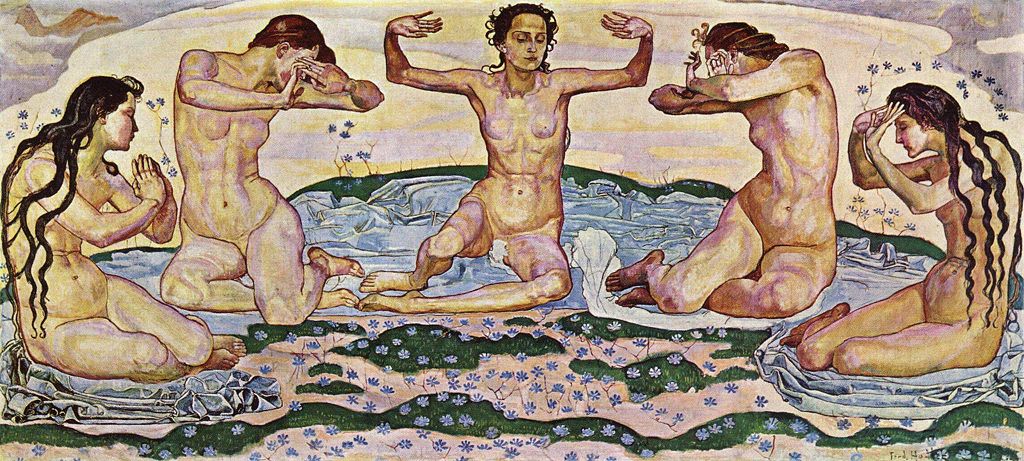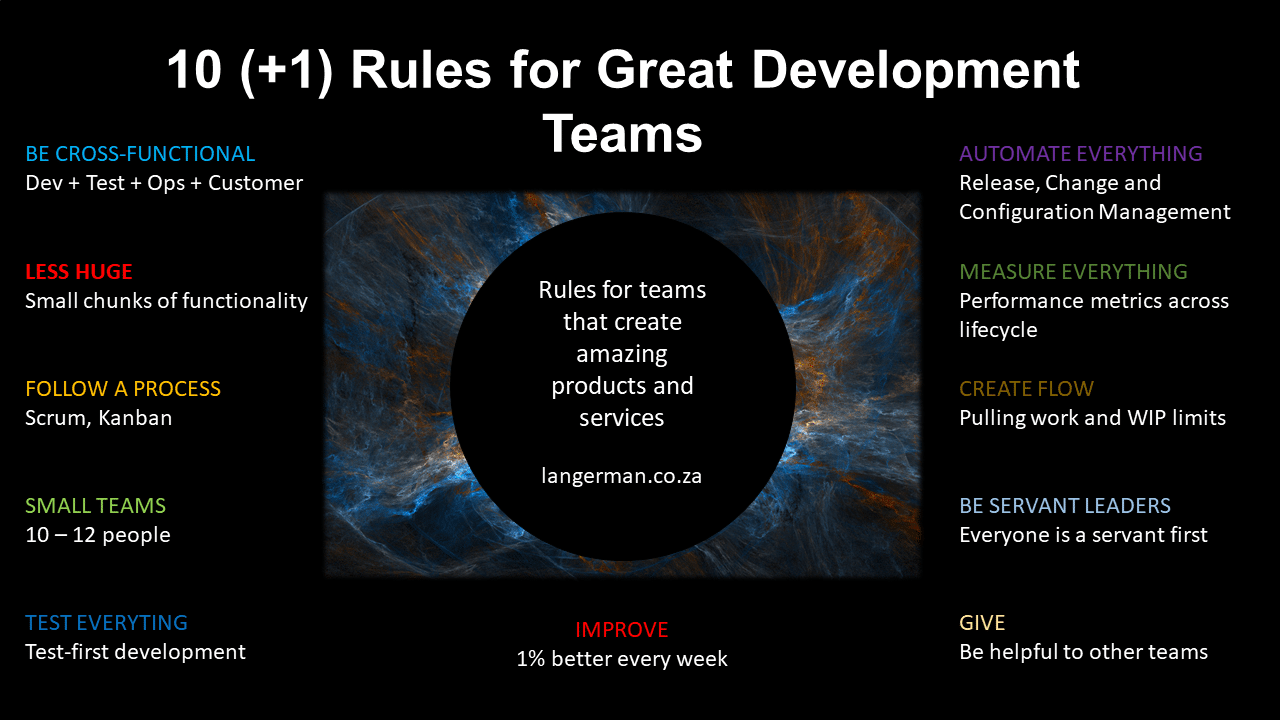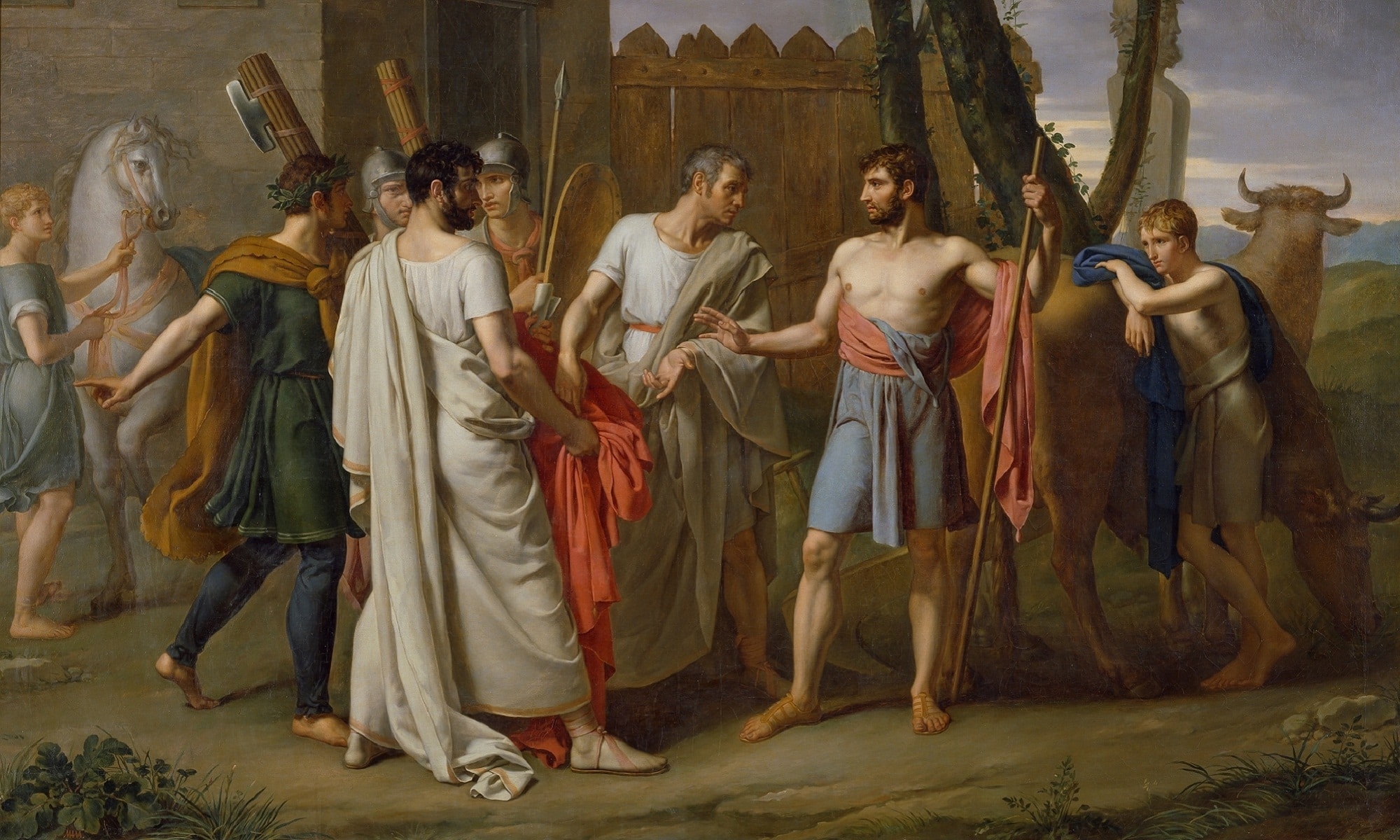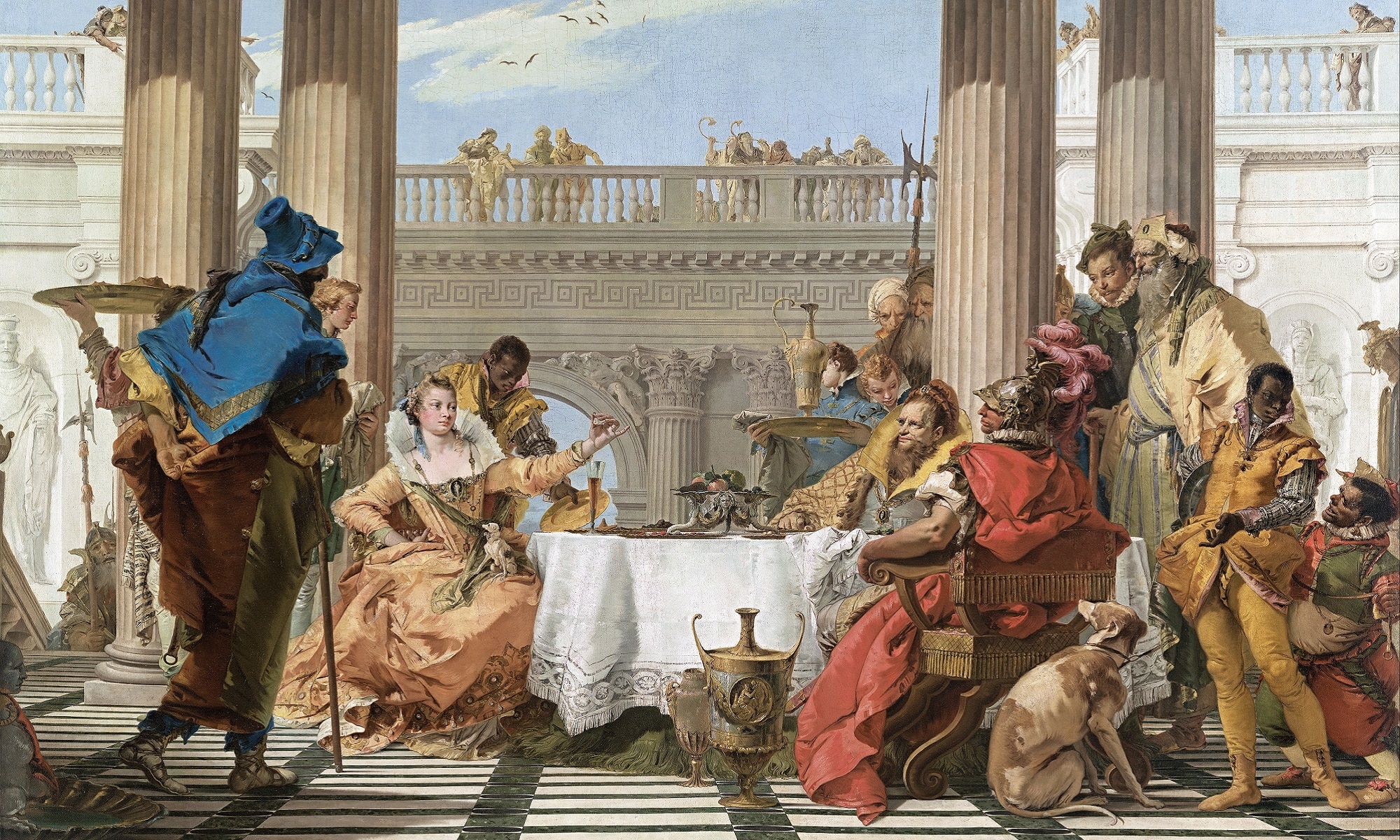One of the buzzwords in the agile community is Servant Leadership. When Standard Bank embarked on their implementation of agile-at-scale, we needed to understand if and how we want to implement Servant-leadership.
Servant-leadership, first proposed by Robert K. Greenleaf in 1970, is a theoretical framework that advocates a leader’s primary motivation and role as service to others.
“…The great leader is seen as servant first…” – Robert K. Greenleaf
The very notion of a servant as leader, or “servant-leadership” as it has come to be known, is purposefully oxymoronic and arresting in nature. The theory’s originator, Robert K. Greenleaf, intentionally sought a descriptor that would give people pause for thought, and challenge any long-standing assumptions that might be held about the relationship between leaders and followers in an organization. By combining two seemingly contradictory terms,
Greenleaf asks us to reconsider the very nature of leadership. Although aware of the negative historical connotations associated with the word ‘servant’, he felt it a necessary choice to turn established conceptions about the organizational pyramid on their head, and jump-start insight into a new view of leadership.
Briefly, the focus of Servant-leadership is:
- Service to Others.
- Holistic Approach to Work.
- Promoting a Sense of community.
- Sharing of Power in Decision-Making.
In researching Servant-leadership we found that the vagueness and fuzziness of the classical definition wasn’t language that resonated well with the audience we intended it for, which were roles like Scrum Master, Value-stream Engineer and Product Owner. We looked at ways to reframe Servant-leadership to resonate better with this audience. The framework we eventually used was found in the book by Roger Scwartz, The Skilled Facilitator. Roger summarized all the research in the field of learning organizations into a set of 9 behavioural practices [see the diagram] that, if practiced by a team, allows leadership to be distributed within the team. This was seen as an ideal first step in our journey to implement Servant-leadership and a 3-day behaviour modification program was designed based on principles found in Albert Bandura’s Social Learning Theory which teach that we learn new behaviour when we see it modelled by someone else [or we see ourselves on video]. We video-tape delegates while they complete team assignments. The corresponding video feedback, framed around the 9 behaviours, allow delegates to identify their mental maps in the way they normally show up. This powerful awareness creates the space for delegates to start shifting into showing up in a new way back with their teams.
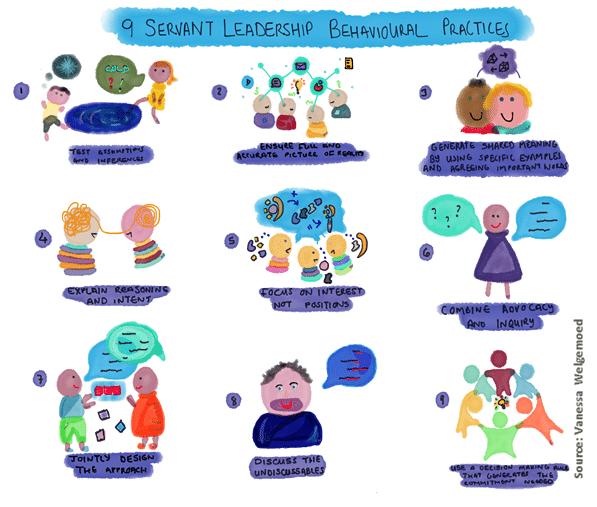
From the first pilot program, we allowed delegates, that felt passionate about facilitating the 3-day experience, the opportunity to volunteer to do this. With this core group of passionate facilitators evangelizing the program, it soon went viral within the IT organization [and outside!] with the result that executives are currently going through in their MANCO/EXCO teams in response to the groundswell created in most teams. With this level of senior leadership involvement and the corresponding modelling of the 9 behaviours at all levels, we have high hopes to shift the old command-and- control leadership pattern into something much closer to Servant-leadership.
Resources
Helpful websites
The art and science of the servant leader
Albert Bandura's Social Learning Theory
This was a guest post by Theo van der Westhuizen, an Organisational Change Mandarin at Standard Bank South Africa. Theo has deep experience in how to shift organisational culture, change management, skills development, etc. An all-rounder with too many skills to enumerate.
